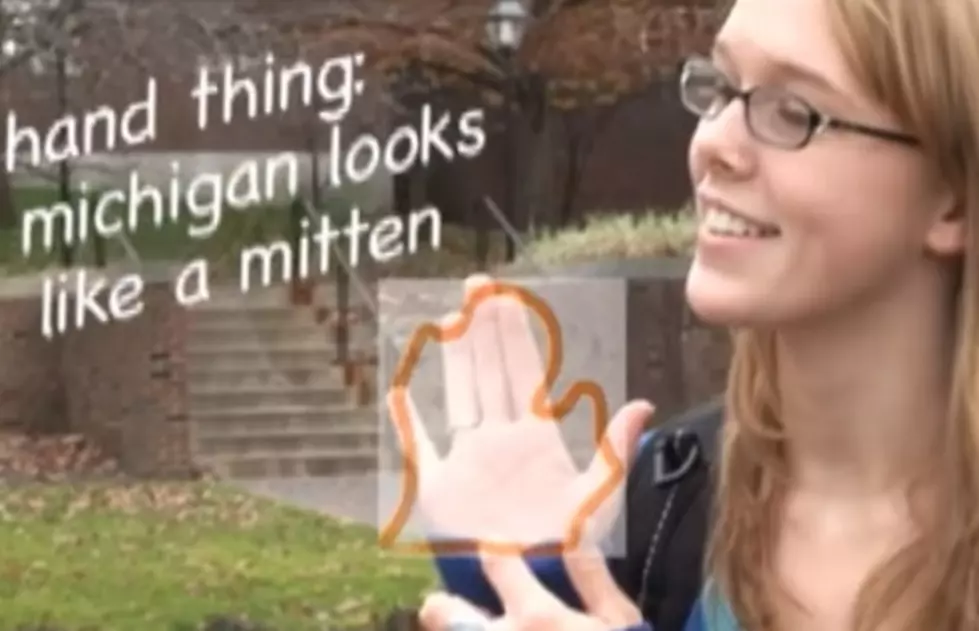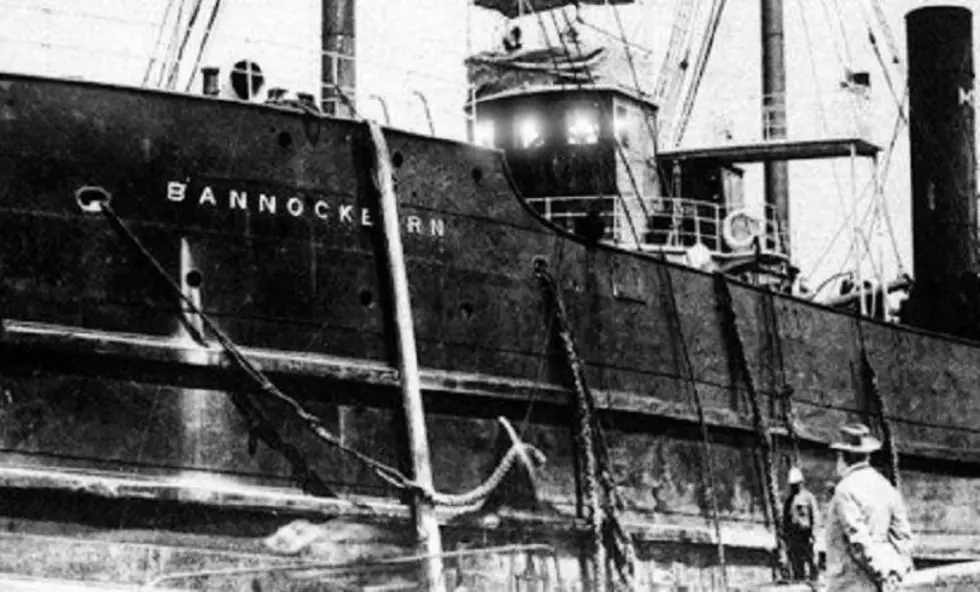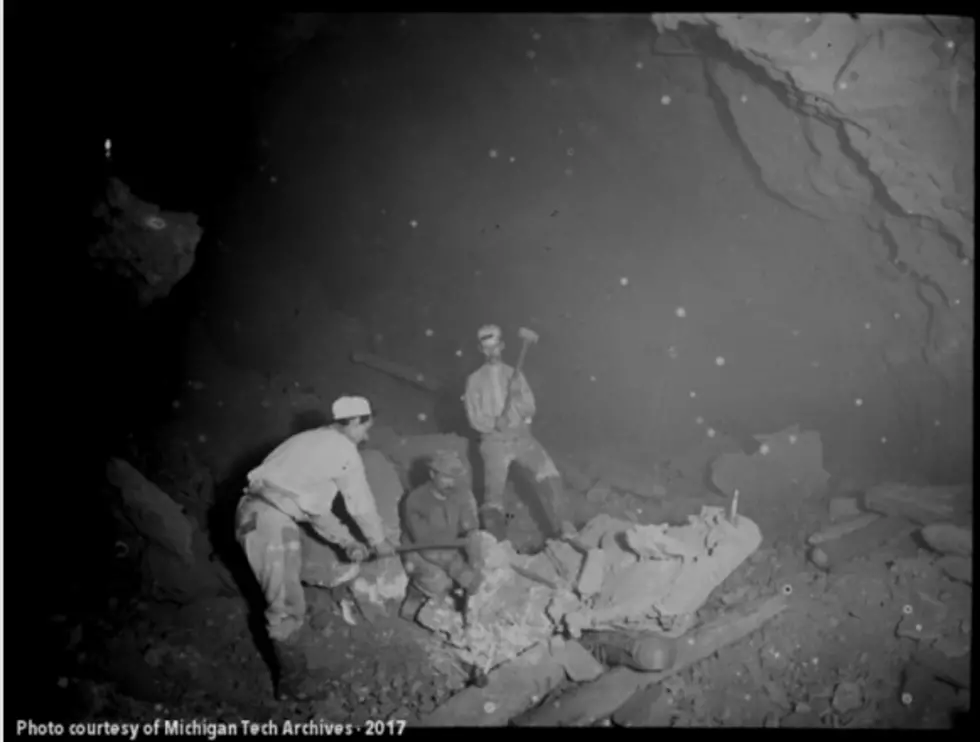
How 14 Michigan Towns Got Their Names
Ever wonder how some Michigan towns & cities got their names? Like Albion, Charlotte, Fowlerville, Grand Rapids, Hillsdale, Jackson, Kalamazoo, Lake Odessa, Lansing and others?
Below are brief explanations of fourteen Michigan town/city names and how they came to be!
ALBION
Almost named “Peabodyville,” after Tenney Peabody, who arrived in the area in 1833, it stayed nameless until 1835, when Jesse Crowell formed a land development company called the Albion Company. Peabody’s wife named the town after the company. The word “Albion” is an archaic name for England.
ANN ARBOR
The most common belief about the city’s name comes from the wives of John Allen and Elisha Ramsey. They settled at the Huron River in 1824, and named the area after their wives who were both named Ann. The word ‘arbor’ was added, describing the land: "a leafy, shady recess formed by tree branches, shrubs, etc." which was how it looked at the time.
BATTLE CREEK
In 1825 skirmish took place between government surveyors and two Pottawatomi Native Americans. The Pottawatomis were asking for food and an argument ensued. One of the surveyors produced a gun and held the Indians at bay, but were soon released. The area where this little nit-picky argument took place was dubbed “Battle Creek” by the surveyors.
CHARLOTTE
The area was sold in 1835 to Edmond B. Bostwick, a land speculator from New York City. He and three other men developed the city and named it after Mrs. Bostwick, whose name was Charlotte. The village was incorporated in 1863 and as a city in 1871.
FLINT
Flint was originally called “Grand Traverse” in 1819. Before settling on its current name, Flint was given other names throughout the years like “Sidney” and “Todd’s Crossing”. It later became “Flint River” after a Native American term, “pawanunking,” described the stony bottom of the river. In 1836 in was shortened to Flint.
FOWLERVILLE
In 1836, Ralph Fowler moved to the area. Since he was considered to be the first settled resident in Handy Township, the town was named after him. Fowlerville was incorporated in 1871.
FRANKENMUTH
Frankenmuth was settled in 1845 by immigrants from Germany. The word “franken” is in honor of the Province of Franconia in Bavaria. The word “mut” implies bravery. Therefore, “Frankenmuth” is translated as “bravery of the Franconians”.
GRAND RAPIDS
The Native American Ottawa tribe settled here near the Grand River Valley. After French trader Louis Campau bought 72 acres of land from the federal government, he named his property “Grand Rapids”. His original 72 acres is now Grand Rapids’ entire downtown business district.|
HILLSDALE
Incorporated as a village in 1847, and a city in 1869. The surrounding area was full of roller-coaster-type land, with many hills and dales, thus the name.
JACKSON
In the summer of 1829, Horace Blackman, Alexander Laverty, and their Native American guide came through this area. Two months later, Blackman came back with his brother and they claimed a whopping 160 acres of land. In 1830, the settlement was named 'Jacksonburgh' after President Andrew Jackson. In 1838 it was shortened to Jackson.
KALAMAZOO
Kalamazoo, was originally called as “Bronson” after founder Titus Bronson. In the 1830’s, the name was changed to “Kalamazoo,” which is a Native American word that means either “the mirage of reflecting river” or “bubbling water.”
LAKE ODESSA
Before Lake Odessa existed, the biggest area settlement was Bonanza. When the railroad was built farther south, the Bonanza-folk moved in order to be closer to the tracks. Bonanza was deserted and leveled, becoming corn and wheat fields. The Bonanza-ites named their new village Lake Odessa after the Tupper and Jordan Lakes in Odessa Township (the Township was named in 1846 after a Russian city). Lake Odessa was developed in 1887.
LANSING
In the 1830’s, two brothers from New York scammed their neighbors by selling plots of Michigan land that were basically swamps. When the buyers arrived in Michigan and discovered they were swindled, they ended up settling in what is now metro Lansing. They named it “Lansing Township” after their New York hometown. In 1848, the area was eventually given the name of Lansing.
YPSILANTI
Originally named Woodruff’s Grove in 1809, it was changed in 1829 to Ypsilanti after Demetrius Ypsilanti, a hero in the Greek Revolution from 1821-1830.
Ten Forgotten Clinton County Towns That Practically Vanished
50 of Michigan's "Must-Drive" Roads
Gas up the car, grab those road munchies and a roadtrip partner that you can trust, and head out on some of Michigan's most unique roads and routes. Make sure you take lots of photos and video!
13 Michigan Ghost Towns You Should Visit This Year
A Michigan 'Ghost Town' tour is great any time of year. Here are 13 to get you started!
50 Haunted Michigan Locations
Below is just the tip of the iceberg—a list of fifty Michigan hauntings that have been "reported" in cemeteries, houses, woods, jails, businesses, neighborhoods...if you can name it, there's probably a haunting for it.
Take a look at the list of fifty Michigan hauntings below and come to your own conclusions.
25 Michigan Roadside Oddities
Vintage Photos of Webberville
15 Michigan Towns Everyone Should Visit At Least Once
It's hard to choose because there are so many amazing Michigan towns to visit, but here's a list of 15 random ones to get you started!
More From 99.1 WFMK









